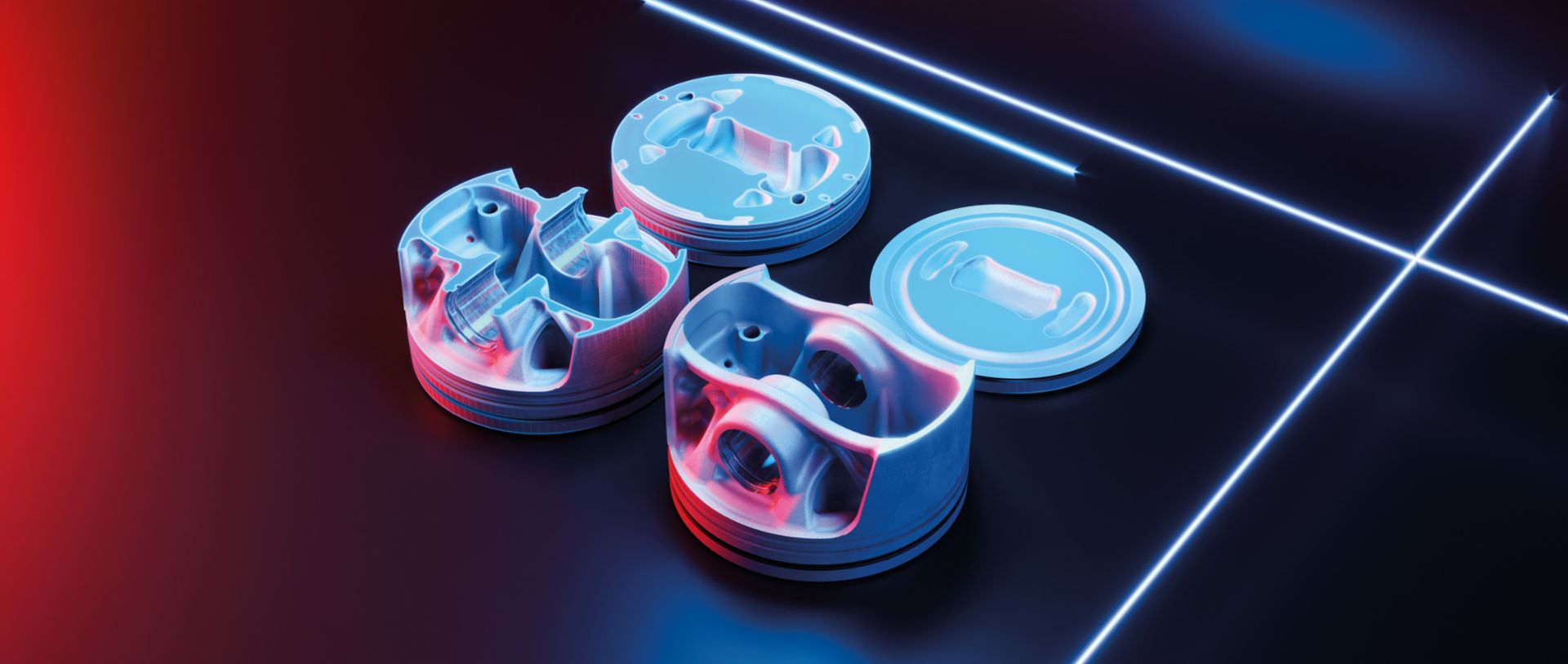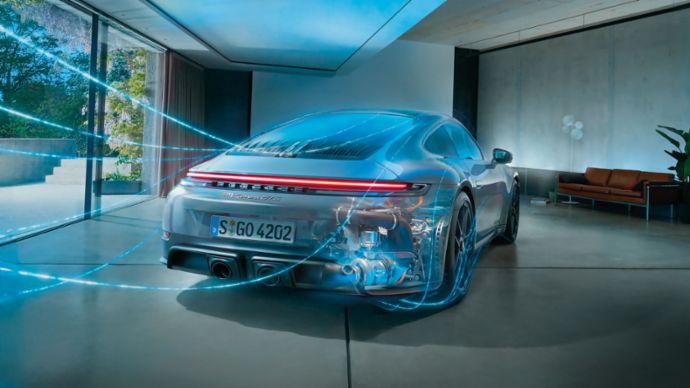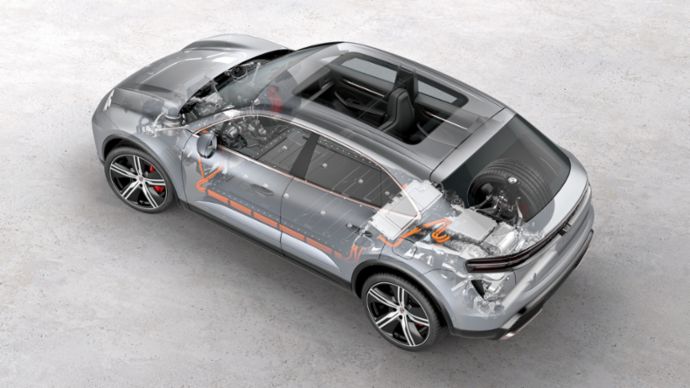Printer-ready
Pistons are among the most heavily strained components of an engine. Porsche has now produced the first pistons using 3-D printing technology, and they’re intended for the high-performance engine of the wildest 911.
Illustration by Design Hoch Drei
A research project with the highest demands: Porsche chose the 515 kW (700 hp) six-cylinder twin-turbo engine of the Porsche 911 GT2 RS to be the recipient of the first pistons manufactured using 3-D printing. The logic behind this choice was that if the components hold up reliably in the strongest Porsche GT sports car ever built, they’ll last in any engine.
The key advantage of 3-D printing is the greater freedom of design compared to forged or cast components. Parts can be drawn up in almost any geometry without the need for tools or molds. Design data is fed directly into the printer, eliminating the limitations of machine tools. This made it possible to integrate a closed cooling channel in the base of the 3-D printing pistons—a channel that could not be produced using conventional methods. The delicate channel reduces the temperature load on the piston rings by 20 degrees Celsius. The printed pistons are also more rigid and 10 percent lighter than conventionally produced components, so higher rotational speeds at optimized combustion levels are possible. In short, up to 30 hp more output is possible—and with greater efficiency.
The process used for the pistons is called laser metal fusion (LMF). Components are created layer by layer from a powder bed—in this case, they are filled with a special aluminum alloy. Inside the process chamber, the coater moves powder from the storage tank over the construction cylinder, creating a layer. Excess powder ends up in the overflow container. A laser beam then heats the powdered surface according to the part contour, fuses it into a solid metal layer, and bonds it to the previously melted layers beneath. The construction cylinder is then lowered and the coater adds more powder. In this way, the pistons rise one by one from the dust.
In the tough quality control, the 3-D printed pistons passed a two-hundred-hour endurance test on the engine test bench. This was a milestone that Porsche achieved in close cooperation with its partners Mahle and Trumpf and whose quality was assured by the Zeiss optics company.
Porsche has already been successfully using additive manufacturing processes in other areas, such as the 3-D-printed bodyform Full Bucket Seats for various 911 and 718 model series, the reproduction of spare parts for classic vehicles, and in motor racing.
Consumption data
911 Carrera GTS
-
11.0 – 10.4 l/100 km
-
248 – 236 g/km
-
G Class
-
G Class
911 Dakar
-
11.3 l/100 km
-
256 g/km
-
G Class
-
G Class
Macan 4 Electric
-
21.1 – 17.9 kWh/100 km
-
0 g/km
-
A Class
Macan Turbo Electric
-
20.7 – 18.9 kWh/100 km
-
0 g/km
-
A Class




